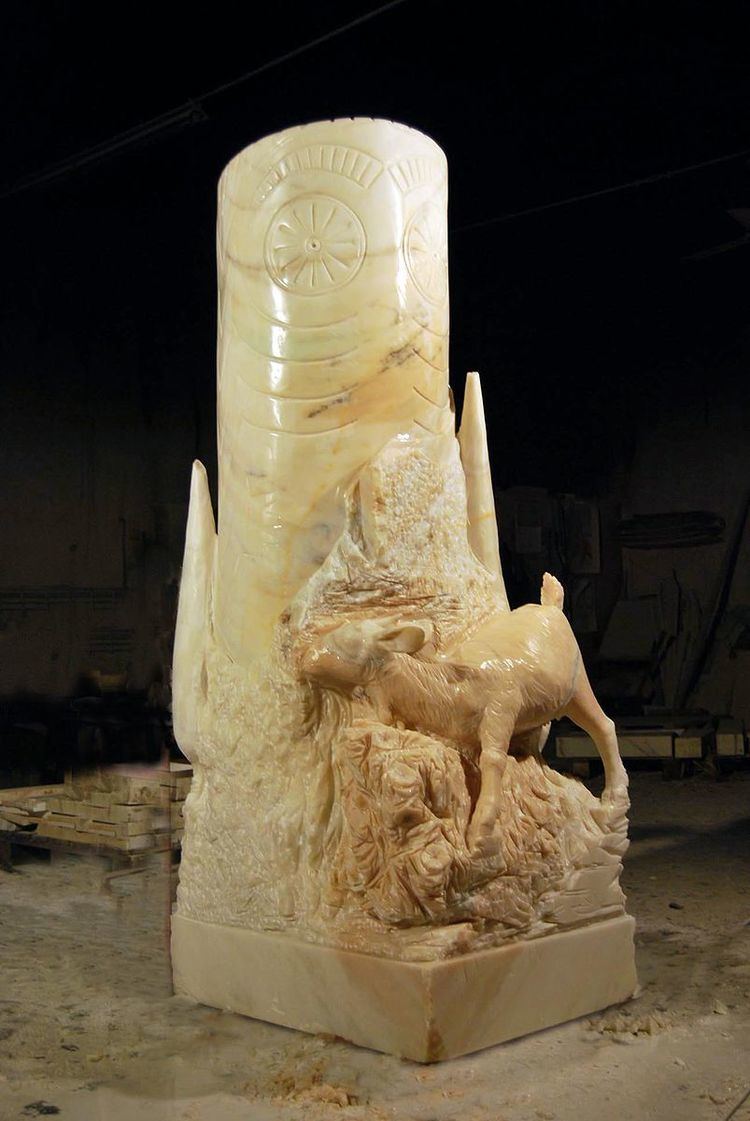 | ||
Ataegina or Ataecina (Spanish; Portuguese: Atégina) was a popular goddess worshipped by the ancient Iberians, Lusitanians, and Celtiberians of the Iberian Peninsula.
Contents
Name and functions
The name Ataegina is most commonly derived from a Celtic source: the two roots *atte- and *geno- to mean "Reborn" or from *ad-akwī- (Irish adaig) meaning "night". Epigraphs from the Badajoz region associate the goddess with the Roman Proserpina or Persephone which would make her a goddess presiding over Spring and seasonality, echoing the "reborn" derivation of the name.
Ataegina was worshipped in Lusitania and Betica; there were also sanctuaries dedicated to Ataegina in Elvas (Portugal), and Mérida and Cáceres in Spain, along with other places, especially near the Guadiana river. She was one of the goddesses worshipped in Myrtilis (today's Mértola, Portugal), Pax Julia (Beja, Portugal) and especially the city of Turobriga, whose precise location is unknown. A bronze plaque from Malpartida de Cáceres suggests associations with the goat as a sacred animal.
Dwarf planet
A team claiming to be the discoverers of the dwarf planet and plutoid Haumea, Ortiz et al., proposed Ataecina as the name of the body, due to her mythical connections with Pluto (Proserpina was the wife of Pluto), and her association with southern Spain, near to the discoverers' observatory. This proposal was not however accepted by the International Astronomical Union, not only because there is a dispute over whether Ortiz had actually discovered Haumea, but also chthonic deities are reserved for the names of bodies orbiting in resonance with Neptune, which was not the case for Haumea.
